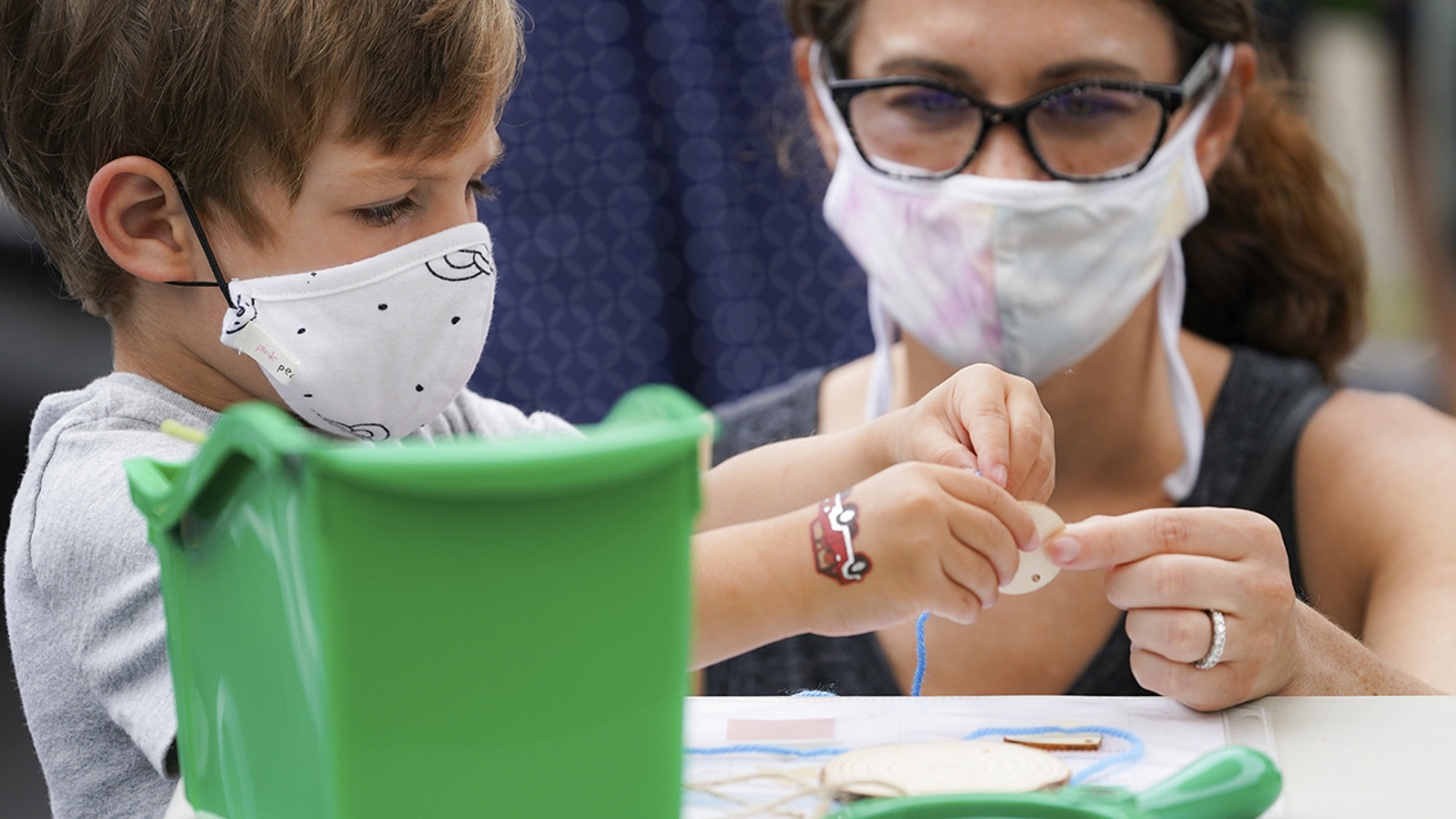It is because I was not talking about the item that was already acknowledged many times by me before. Many times I agree that elementary and even middle schoolers should not worry much about spreading the disease. the problem is that kids are not going to school alone, teachers and staff increase their risks. Dismiss all the dangers teachers and staffers are seeing, and then we see what is happening. My experience with social studies and history came forth and told me what would happen when less help or inadequate supplies or testing was still there in the USA. Many teachers retire early and cause more disruptions, and some of them will pay the ultimate price to make bad leadership happy.
Boston delayed plans to reopen schools in the city because the coronavirus positivity rate hit 4%, Mayor Marty Walsh announced Wednesday. But the 1,300 highest-need students, who already returned to class last week, will continue with in-person learning if their parents so choose.
The union, which held an emergency town hall Wednesday night, said in a statement it was headed to court for the injunction, claiming the city isn’t standing by an agreement to move to full remote learning now that the coronavirus infection rate is above 4%.
Here in Arizona it is clear that a poor district I work for in IT has reported that they will not be able to comply with the requirements for full re-openings if there is no more help available. The other one, a public charter school that serves a poor area may have to close. Both have been doing the recommended hybrid or remote teaching. Several benchmarks for a full opening were there, but the number of infections is increasing so we are still not opening fully in almost all counties, but the Governor, is encouraging districts to open, some with more recurses are doing so. But if this was a war, as some leaders like to compare it, some leaders are encouraging their “soldiers” to go over the top armed with wooden bayonets against Covid.
There is still a lot of the fog of war too. In another failure of leadership that we are seeing, a lot of why many teachers and staffers are reacting that way is caused by the lack of leadership that you still think is immaterial.
https://www.actionnewsnow.com/content/national/572712151.html?ref=151
The Centers for Disease Control and Prevention released a study in late September saying that the incidence of Covid-19 among younger children appears to be much lower than in adolescents, which could give confidence that elementary schools, in particular, are safer to reopen.
But there hasn’t yet been a chance to study that.
Instead the anecdotes continue. Many remember the widely shared photos of crowded hallways as school started in Paulding County, Georgia, that were followed by cases of coronavirus and hundreds of students and staff in quarantine.
But for the majority of schools that have opened their doors, infection rates and case counts have not skyrocketed as much as medical professionals, teachers, and parents feared.
Randi Weingarten, the president of the American Federation of Teachers, said that could have been a cause for celebration if anyone had been tracking the situation effectively.
“Some schools opened well and fine, without transmission of illness and that would have created great confidence,” Weingarten told CNN. “But instead of having a great national celebration about any of this stuff, everybody’s just completely on edge and anxious about what’s going to happen because there’s no national guidance.”
The problematic openings could even have helped others, Weingarten said. “I think that the Georgia … situation, where you saw a huge number of kids running through those halls in the middle of real community spread, scared people enough to do masks and physical distancing.”
Part of what has led to a safe reopening, experts say, is only introducing in-person learning when there is a relatively low community spread of coronavirus.
Dr. Anthony Fauci, the director of the National Institute of Allergy and Infectious Diseases, said at the Texas Tribune Festival in late September “you’ve got to look at the relative risk to the children in the particular area, county, city, state, that you happen to live” when determining when to bring children back to school.
But of course students are only part of the equation. Teachers need to go to school as well and for Karen Ngosso, a third-grade teacher in Baltimore, the time is not right.
She says she’s seeing almost all of her 42 students at Hazelwood Elementary log on to lessons and she stresses everyone is doing what they can to give the children a high-quality education.
And until there is a vaccine against Covid-19, Ngosso said she is not comfortable returning to teaching in person.
“I know how I’m handling the pandemic, and how I’m following the protocols with myself and my children and the people that come into my space, but I can’t control what anybody else does out in this whole big wide world, and people are moving and traveling and doing different things. And some people are like, it’s nothing,” she said.
“I don’t want to be a guinea pig. I don’t want to be a petri dish,” she added. “People really have to understand that just because I’m a teacher doesn’t mean I stopped being a human.”

